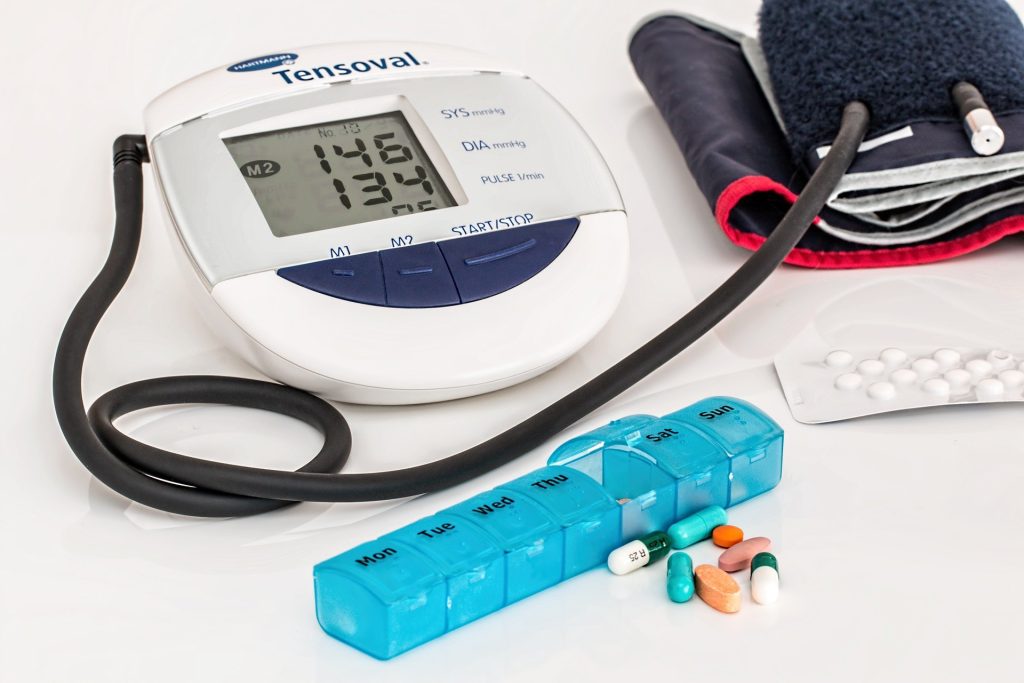
A study published in Frontiers in Neuroscience demonstrated that blood pressure and renal sympathetic nerve activity (RSNA) can be controlled by bioelectronic treatment. RSNA is often increased in hypertension and renal disease.
Using a custom-wired electrode, Professor Mario Romero-Ortega previously reported that deep peroneal nerve stimulation (DPNS) elicits an acute reduction in blood pressure. The current study, advances that work, focusing on his development of a small implantable wireless neural stimulation system and exploration of different stimulation parameters to achieve a maximum lowered response.
Prof Romero-Ortega integrated a nerve stimulation circuit less than a millimetre in size, with a novel nerve attachment microchannel electrode that can be implanted into small nerves, while enabling external power and DPNS modulation control.
Using this implantable device, his team demonstrated that systolic blood pressure can be lowered 10% in one hour and 16% two hours after nerve stimulation.
“Our results indicate that DPNS consistently induces an immediate and reproducible arterial depressor effect in response to electrical stimulation of the deep peroneal nerve,” reported Prof Romero-Ortega.
While pharmacological treatments are effective, blood pressure remains uncontrolled in 50–60% of resistant hypertensive subjects. Unfortunately, despite the use of multiple antihypertensive drugs in combination, blood pressure remains poorly controlled in 50–60% of the hypertensive population and approximately 12–18% of them develop resistant hypertension, defined as blood pressure greater than 140/90 mmHg despite the use of antihypertensive drugs.
“In this study, DPNS induced an initial increase in RSNA during the first 2–3 seconds, followed by a reduction in renal activity and mean arterial pressure, despite the increase in heart rate,” said Prof Romero-Ortega. “The observed activation of the RSNA during the DPNS was not expected since its activity is associated with hypertension.”
Source: University of Houston

